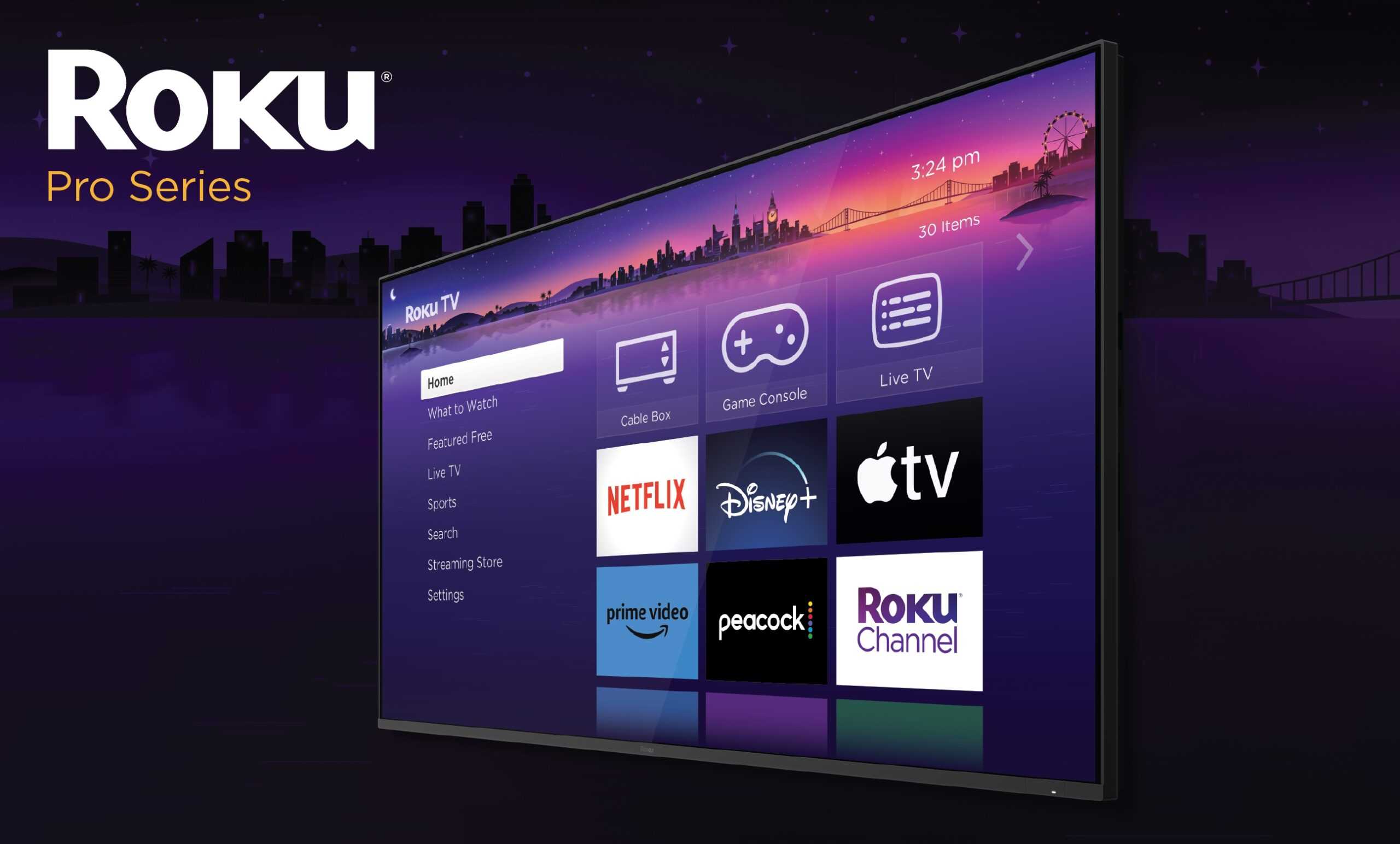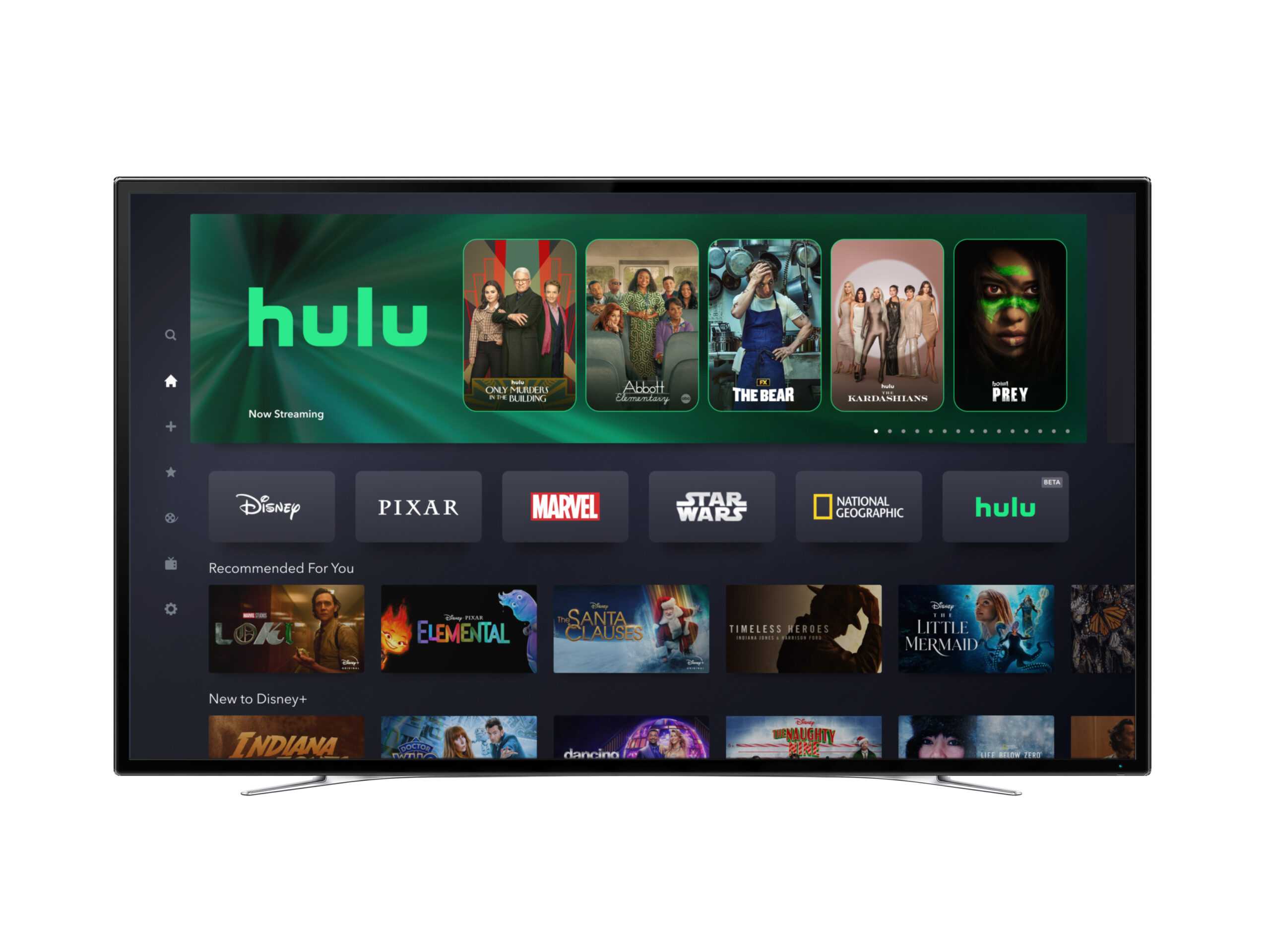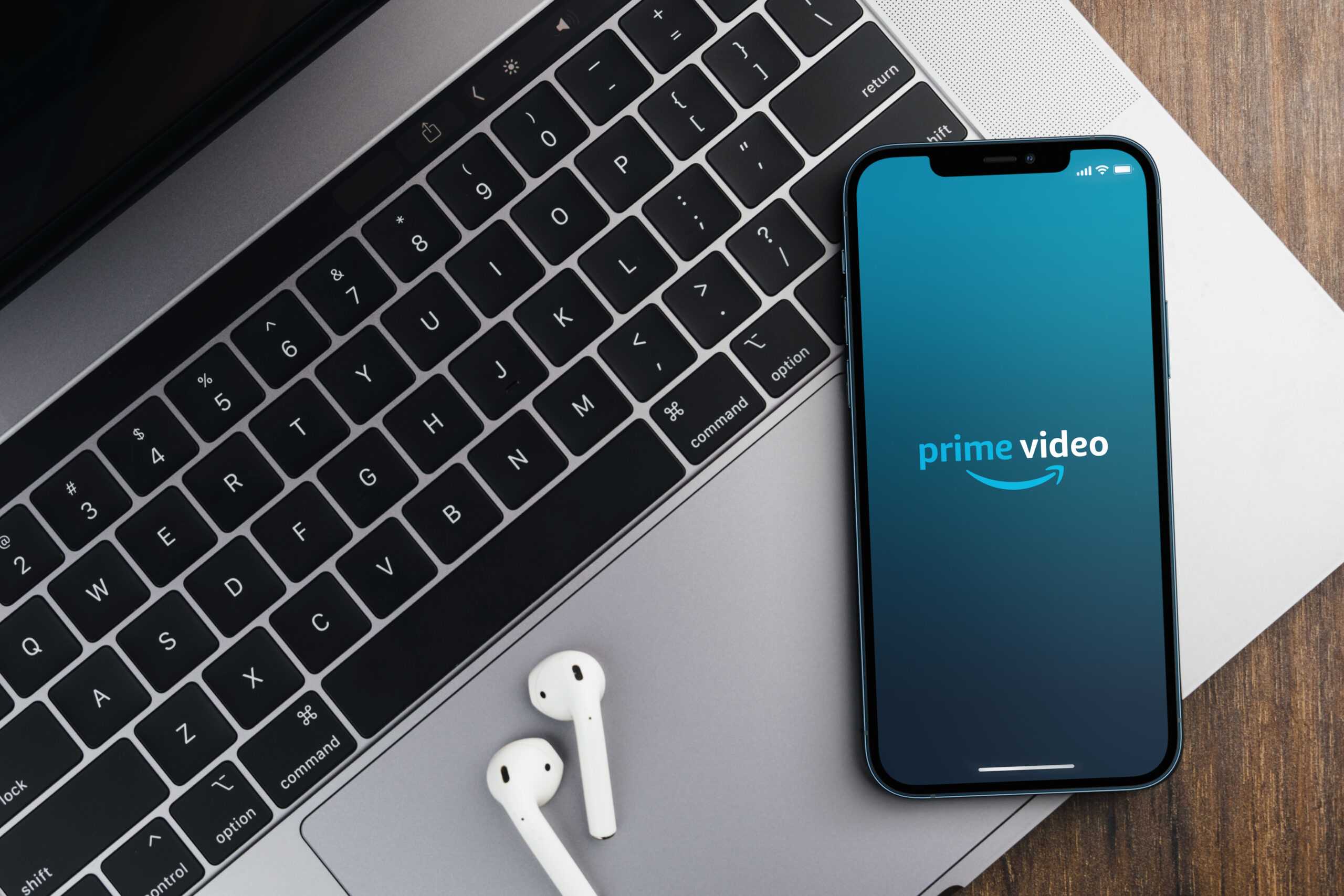On May 17th, AT&T announced a $43 billion deal to spin off its WarnerMedia content division and merge it with Discovery, which would effectively end the telecom’s content pursuit (following an $85 billion acquisition of Time Warner three years ago) and free up resources to improve and grow its 5G network. If regulators approve the deal, the new content company would control an incredible bounty of networks and services, including HBO Max, Cinemax, CNN, Discovery+, TLC, Food Network, HGTV, Animal Planet, Cartoon Network, Turner Sports, and many more.
Discovery CEO David Zaslav believes that the new streaming entity would clearly separate itself from Netflix, Disney+, and others by offering news and sports content on top of key entertainment properties from Warner Bros. and others. From a content spending standpoint, the two entities have already been spending a staggering $20 billion per year combined, which is ahead of Netflix’s estimated $17 billion annual content cost.
The scope of brands and IP that the combined WarnerMedia-Discovery represents is truly enormous. In fact, according to Interpret’s New Media Measure®, among US consumers age 13-65, fully 70% have watched a Warner-Discovery brand in the past month.
A consequence of this deal is that other major media entities are going to feel pressure to respond, which would mean even more consolidation. Amazon, for example, just acquired MGM for $8.45 billion, and networks like AMC or studios like Lionsgate could be acquisition targets for rivals ViacomCBS, NBCUniversal, Apple or others. The battle for content in the streaming world has never been fiercer. According to Interpret’s new VideoWatch™ report, Video Churn Today: Trends, Changes and Outlook 2021, nearly 20% of streaming video subscribers report switching among services to watch platform exclusives, and 13% report cancelling a service after watching a selected video series.
For consumers, the impact won’t be felt until sometime in 2022, if the transaction goes through. Once it does, subscription pricing and ad-supported options are likely to be reevaluated across the landscape.







